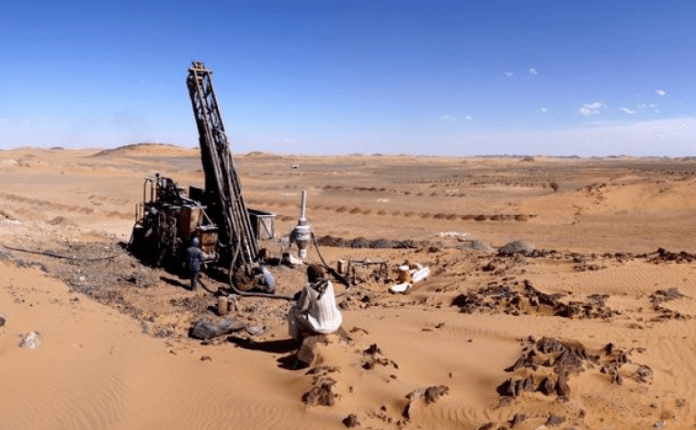
MASTER Drilling passed its interim dividend as it sought to capitalise on investment opportunities in line with its strategy to keep geographically diversified.
Commenting in the group’s figures, published on September 5, Master Drilling CEO, Danie Pretorius, said there was “a need to preserve cash resources for anticipated investment in capital projects” as part of its “strategic expansion drive”.
“Diversification across regions, commodities, currencies and industries remains the key to the success of the business,” Pretorius added.
Master Drilling is headquartered in Fochville, west of Johannesburg, but serves clients with its specialised raise bore drilling services worldwide, including South American and throughout Africa.
Cash on hand fell slightly in the six months to $19.97m from $22.5m (R284.6m from R320.7m) as of the end of the 2015 financial year but higher than the $13m (R185.3m) at the same point last year.
Master Drilling’s total debt, including short term leases is about $36m (R510m) which set against cash approximates to net gearing of 13%. The company said it could carry net gearing of 30% which Pretorius said meant the group was “… still well within internal ratios we want to achieve”.
He added that a full-year payout would be reassessed at the close of Master Drilling’s financial year on December 31. Shares in the company were just over 1% down in Johannesburg taking the 12-month return to a negative 6.48%.
In a presentation on September 6, Pretorius said the group was considering accessing new markets in the US and possibly Canada as well as China.
“On the radar going forward there is China,” he said. Currently we are doing some work. About 5% of China’s mines are huge underground operations that are highly mechanised and owned by foreigners, and we think there are some opportunities in that part of the market,” he said.
“We like the South American business; about 80% of our raise boring is in that continent. We see some organic growth in Latin American. But would like to use our Mexico cost base to move into US and Canada,” he added. Similarly, the group used its low cost Johannesburg base to acccess Africa.
It credited a relatively strong interim showing to a good performance in Latin America. In dollar terms, interim share earnings were steady at 6.3 US cents. In rand terms, however, earnings were 30% higher to 97.6 cents/share.
“Although we experienced a slow start to 2016 due to delayed access to sites, postponement of project start-up, poor ground conditions and economic fluctuations, our performance during the second quarter was strengthened by improved mining activity in Latin America,” said Pretorius.
Revenue was down in Mexico and Africa due to delays in project start-up and lower utilisation of equipment, and the exploration business felt the impact of lower iron ore prices, the company said.
During the first half, Master Drilling bought Bergteamet Latin America’s assets and operations as well as securing a five-year extension of “a key” AngloGold Ashanti contract in South America.
“The company’s African diversification strategy was supported by contracts awarded in Sierra Leone and Tanzania. In the United States, it secured its first blind shaft boring contract,” the company said.
Interestingly, Pretorius said there were signs of a recovery in the mining and metals markets. “We are experiencing a change in the market with increased inquiries and project evaluations taking place,” he said.
As at 30 June, the firm’s committed order book until the year-end totalled $208.9m (R2.98bn) and included “… assumptions based on past experience of continuation of current customer projects”.
“We hope to be back at 75% machine utilisation in the second half of the year,” said Pretorius. “It’s early days, but things are okay,” he said of the market.
The group would continue to make money at 70% utilisation, said Pretorius who added Master Drilling was comfortable with its 30% to 35% exposure to the gold market. Copper and polymetallic mining, such as zinc, were the other commodities to which it was most exposed, he said.










